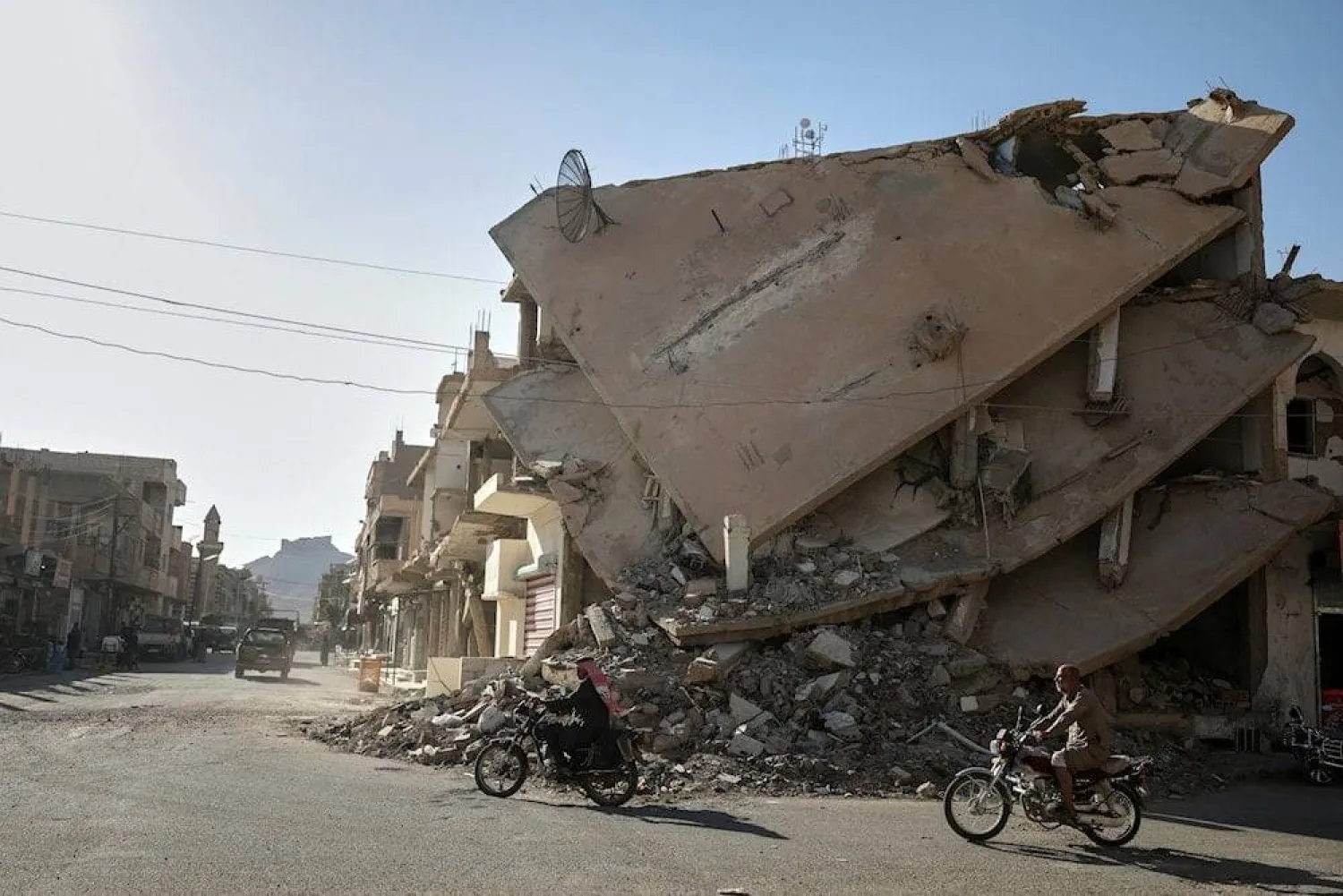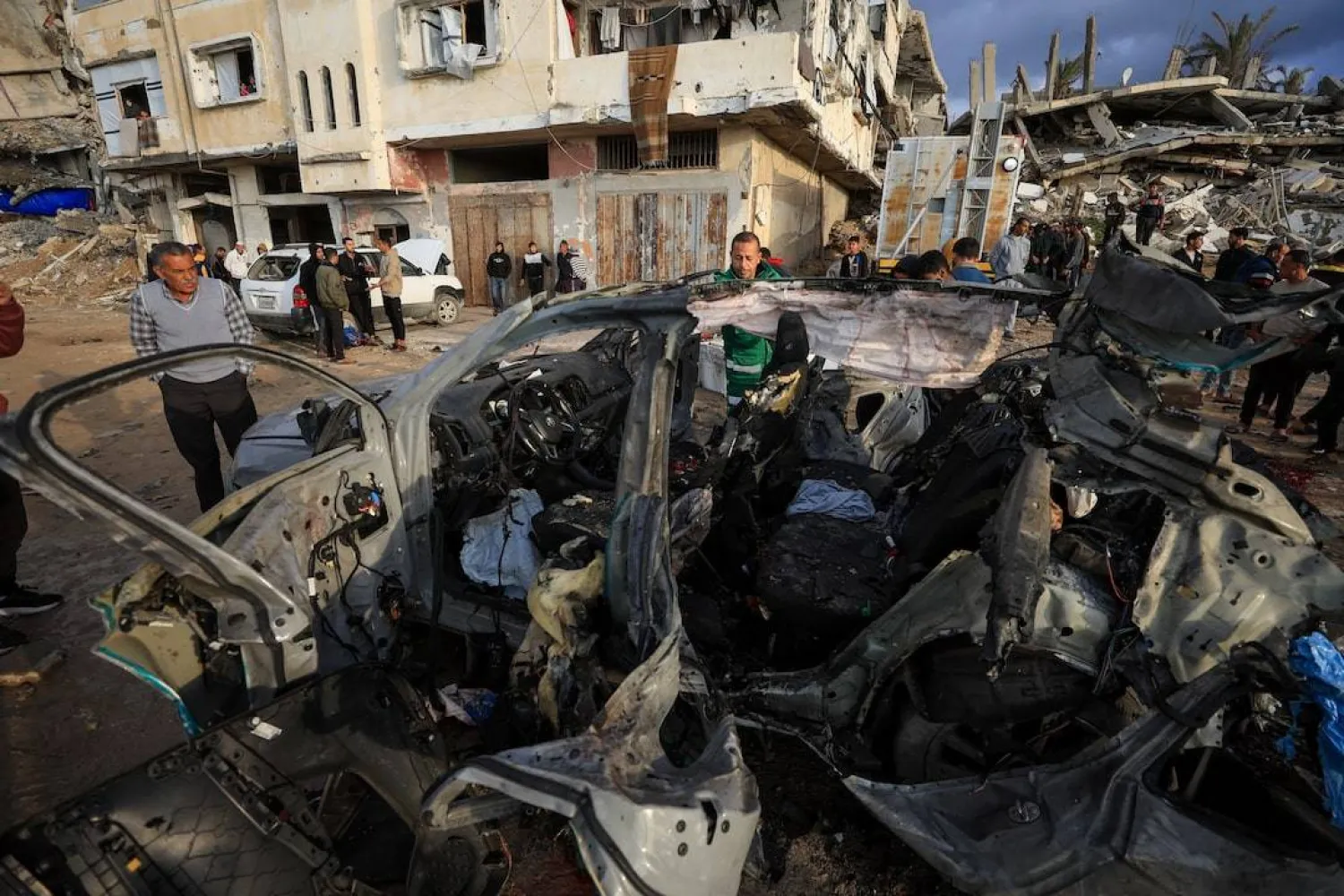A rights group accused Syrian government forces on Monday of burning bodies inside pits in an effort to make the corpses unidentifiable.
“This may reflect a broader practice of the Syrian government to destroy evidence of their crimes and deny the families of their victims their right to know the fates of their loved ones or receive their remains,” the Washington-based Syrian Center for Justice and Accountability said in a report.
The non-governmental organization analyzed 13 videos dating back to 2012 and 2013 that showed bodies burnt and transferred into mass graves in the southern province of Daraa, and crosschecked them with satellite imagery monitoring the trucks transporting the bodies, AFP reported.
Four videos show members of the military intelligence and the ninth division transporting at least 15 bodies. They documented their identities, dumped them in a pit, then poured gasoline and set them on fire.
In one of the videos, an officer is seen photographing the faces of the dead before another one poured gasoline on the face and hands, before kicking a body into a pit and setting it on fire.
The NGO believes that the 15 bodies belong to civilians and army defectors shot dead by regime forces during a house raid in Daraa in December 2012.
The Center obtained the footage from an activist who said he received them from an opposition group who ambushed and killed the soldiers who burned the bodies.
Since the start of Syria's civil war in 2011, Syrian authorities have been accused of torturing detainees to death, of rape, sexual assaults and extrajudicial executions.
Reports published in The Guardian and New Lines Magazine emerged in April, revealing that regime forces allegedly killed dozens of people in the Damascus suburb of Al-Tadamon in 2013.
The Guardian report included footage of a Syrian soldier appearing to order blindfolded civilians with their hands tied to run.
As soon as they bolted, soldiers appeared to riddle their bodies with bullets and they fell into a pit. Forty-one men were killed and their bodies later set on fire.









